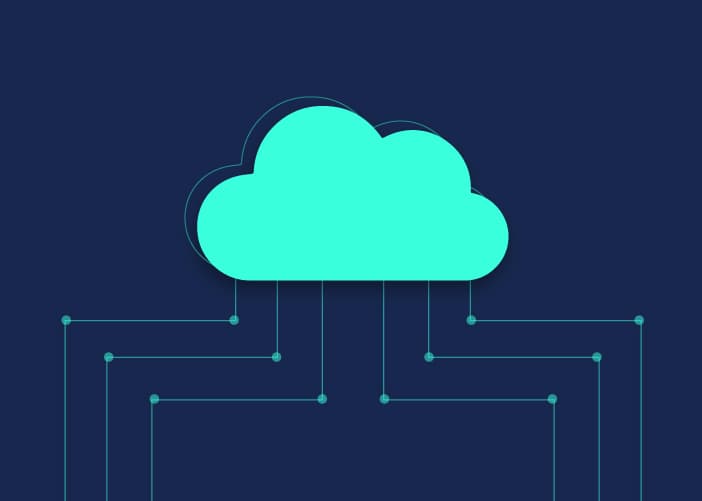Organizations are quickly turning to the cloud as a way to simplify their data storage and how they manage them.
Instead of creating a budget to support multiple servers, businesses can pay a small fee to use the cloud. Accessing the stored information is often as simple as typing in a password. But, while using the cloud has benefits, it can also present a unique challenge.
How to Create an Effective Tagging Strategy?

Businessman hand working with a Cloud Computing diagram on the new computer interface as concept
Businesses often struggle with tags, which relay information about cloud environment costs and help ensure security compliance standards are being met. Today, we’ll look at how structuring cloud environments with tagging techniques is essential for your business, along with tips on creating an effective strategy.
Understanding the Importance of Cloud Tagging
Why is cloud tagging vital for your business? Well, the technique is the easiest way to locate data stored in the cloud. Instead of aimlessly searching through data files, the tag instantly brings up the requested information.
Effective tagging techniques are also necessary for security, along with simplifying the search process. Depending on your industry and government requirements, tagging may also be a compliance requirement. At some point during business operations, you may experience a cyber-attack. Affected systems must be isolated as quickly as possible to prevent additional damage.
An effective tagging system allows you to quickly find the systems and supporting functions to minimize the impact on your business.
How to Create an Effective Tagging Strategy?
Creating an effective tagging strategy can be time-consuming, but these steps can really help simplify the process.
Assign Tags to Specific Team Members
Different departments often use the cloud, and each one should have separate tags. An effective starting point is bringing leaders from each department together for a discussion. Find out who is using the tags and which team members are controlling the tagged resources.
Some examples of individuals most likely using tags typically include,
- Application owners
- Database administrators
- IT department personnel
- Financing staff
- Process owners
- Information safety personnel
Your organization may also employ a disaster recovery team. These individuals will also need access to the various tags that are involved.
After identifying who is using and controlling the existing tags, you can then assign ownership. The purpose of assigning tag ownership is to make the purpose and value of each one visible.
Review the Suggested Tags
Your cloud provider probably has suggested names for the tags. Chances are, you are going to find some suggestions not applicable to your business. These are the ones you want to rename or even delete. Remember, you are required to accept all of the provider’s suggestions.
Some examples of tags you may want to change or delete include the workload name, commitment to operations, and environment. Each tag serves a distinct purpose, but the name may be too vague, repetitive, or not apply to your business.
Always Use Tag Descriptions
Some tag names can be vague—for example, a tag labeled ‘environment’ can apply to multiple functions and data types.
As you’re assigning tag names, also create a comprehensive list. The list should include the tag’s reference number, name, and a brief description. Ensuring every applicable department and employee has a complete list of the tags will make it easier for everyone to find the necessary information, and it also simplifies storage.
Continue to Review Your Tags
Your business often experiences changes, and this can affect your tagging strategy. You may have tags for specific projects and systems. As the project ends or a system is removed or updated, the tags should reflect these changes.
Remove tags for completed projects and update names as systems change. Don’t forget to update your tag lists.
So, how often should you review your tags? Well, the answer really depends on your business. A good rule to follow is to schedule a review at least once a year. For businesses completing multiple projects annually, you may want to review your tags more frequently.
Consider Automating Some Steps
Automating tag reviews and reconciliation can save time and money. The automated process reviews existing tags and can make recommendations if outdated ones are discovered. You can even take the process a step further and have old tags automatically removed from the list.
Simplify Cloud Storage with Effective Tags
Creating an effective tagging strategy for your cloud environment can be time-consuming. However, the end result is worth the time and effort. Bringing all the stakeholders on board will simplify the process.
Also, don’t forget to review your tags to ensure everything is up-to-date. An effective tagging strategy can help improve your overall work performance and even boost your cybersecurity.

